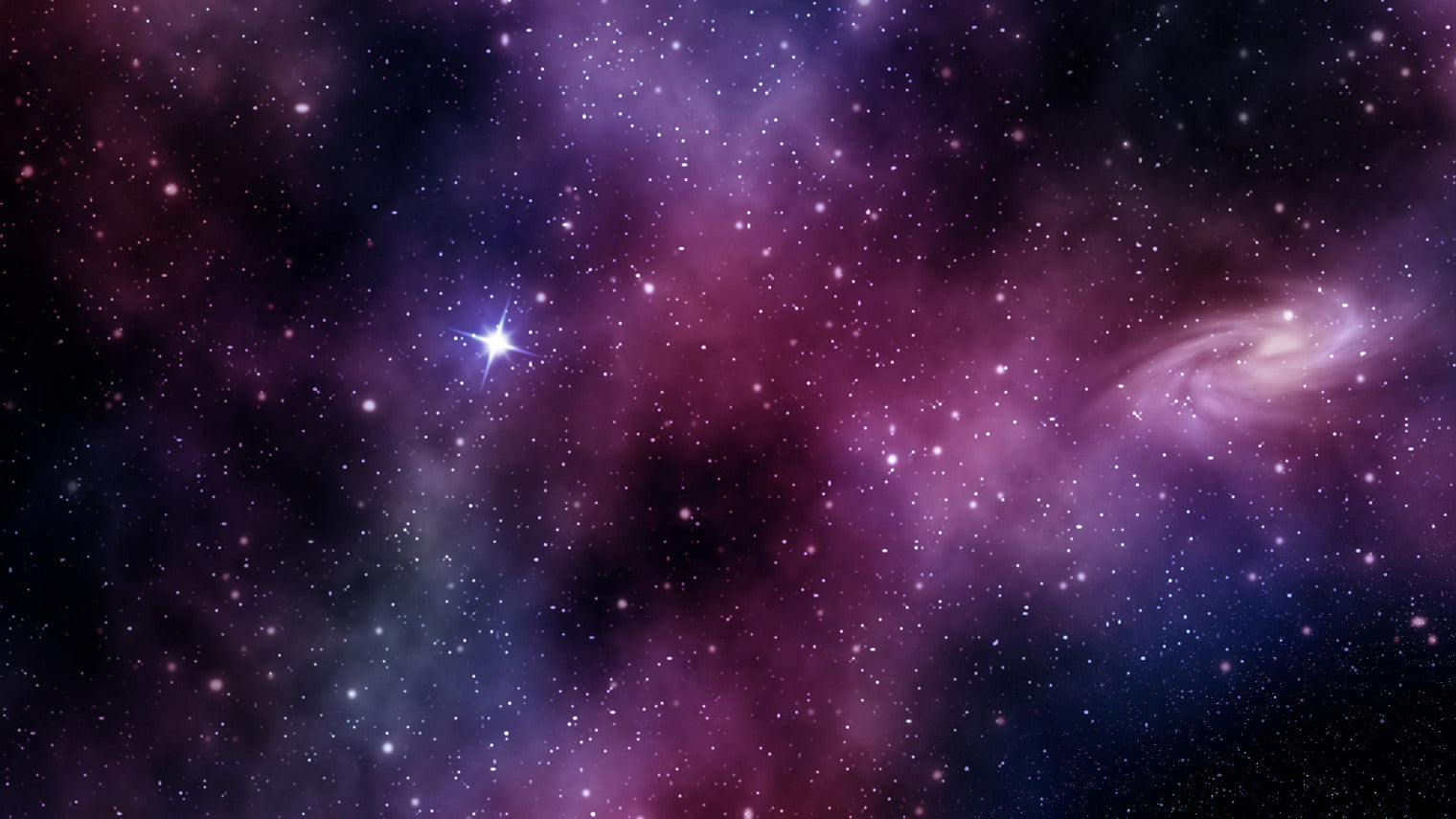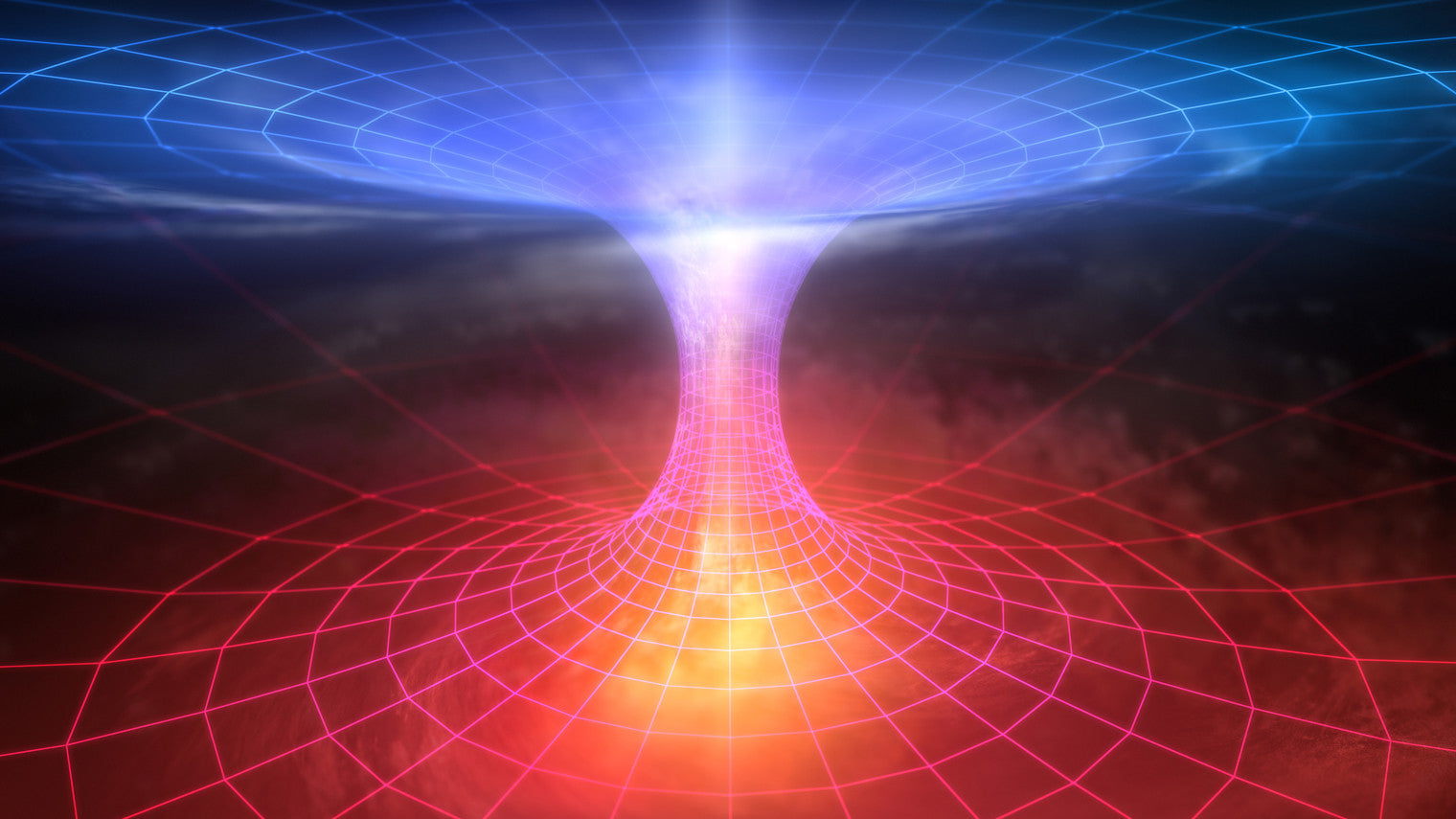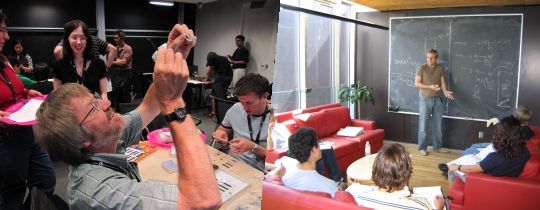
A Deeper Understanding of Energy
New Download Options:
-
With Video includes our full video
(600 MB MOV file) - With YouTube Video Link includes a link to the same video on YouTube
This resource has classroom activities that showcase a different way of teaching students about energy using multiple representations. Students explore energy in a wide range of applications, such as the origin of chemical elements and the efficiency of light bulbs.
Where do the Elements Come From?
Students use a ball bearing, a piece of cardstock, a magnet, and a ruler to model nuclear fusion in stars. They also explore how different chemical elements are created inside different types of stars through nuclear fusion.

The Conservation and Transformation of Energy
Students use work-energy bar charts and energy flow diagrams to analyze the energy of a falling ball and a moving cart.


Innovative Technologies
Students use energy flow diagrams to study the energy transformations that happen in light bulbs and other technologies.

Nuclear Transformations
Students learn about stable and unstable nuclei by analyzing the forces inside atomic nuclei. They also explore alpha and beta decay by thinking about how nuclei evolve to the lowest energy state.

Ionizing Radiation
Students sort cards to learn about ionizing and non-ionizing radiation and where they’re found in the world around us. They also study informational cards to learn about how radiation is used in modern medicine.

Conservation Laws and Dark Energy
Students explore several conservation laws, such as the conservation of mass in chemical reactions. Next, they consider the evidence that supports dark energy.

Mass-energy Equivalence
Students use a plastic tube and a marble to study energy transformations. They apply this understanding to learn about binding energy and mass-energy equivalence in hydrogen nuclei.











